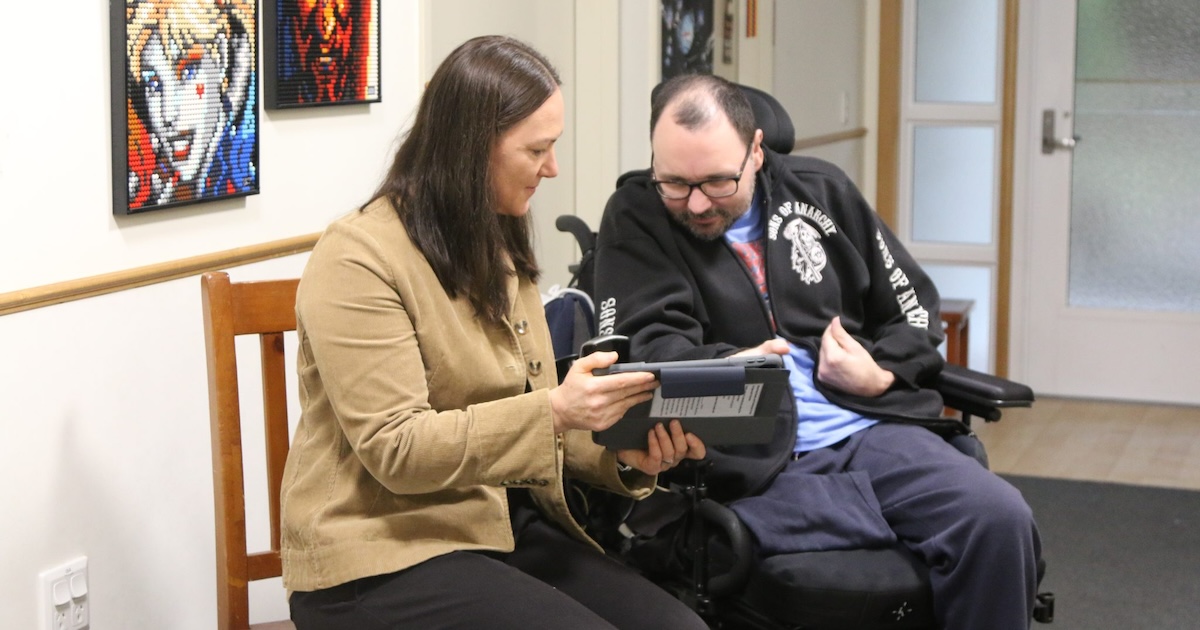In the second episode of the HIMSS Australia Digital Dialogue Series, hosted by Tim Kelsey, Senior Vice President, HIMSS Analytics International, guest speakers Prof Keith McNeil, Acting Deputy Director-General and Chief Medical Officer Prevention Division, and Chief Clinical Information Officer, Queensland Health, Dr Clair Sullivan, Associate Professor UQ and Chief Digital Health Officer, Metro North Hospital and Health Service, Alastair Sharman, Chief Digital Officer, Mater Misericordiae Ltd and Gary Moss, VP of Sales, Oceania, Intelerad discussed COVID-19’s impact on digital health developments in Queensland and key priorities in the Digital Health Strategic Vision for Queensland 2026.
COVID-19'S IMPACT ON DIGITAL HEALTH DEVELOPMENTS
“I think that Queensland’s response to COVID-19 has been multi-factorial and has included fabulous governance, some great infrastructure that we already have in place, and really effective staff on the ground, particularly at the ports,” reflected Dr Sullivan.
“Our only way of beating this virus is to digitize things and I guess we’ve been very careful not to throw our strategy out in the middle of the panic, and stick to that strategy.”
With the digital infrastructure in place, it is only about pointing that infrastructure towards COVID-19, which is firstly, to digitize workflows and subsequently take the data and analytics out of those workflows back to the health system to understand how the situation can be improved. Lastly, to use those digital workflows and data to innovate.
An example of this is an app that was developed to track people arriving at ports and airports with real time data and a single source of truth. A data analytics platform was created across the HIS that allows health authorities to keep one step ahead.
“Everybody wants these comprehensive links and datasets in real time and it has given us a real impetus around how we bring in disparate data sets because COVID-19 is not just impacting on the health system but in general. We’re finding a huge value in linking up whole of government and whole of society data sets, so that we can understand the patterns of behavior in the transmission of COVID-19, and the impact of the lockdown,” explained Prof McNeil.
He also said that there has been a change in the whole approach to the delivery of care, brought about by the necessary health responses to COVID-19. That involves digital care like virtual care, telehealth and those have been taken up voraciously as well.
“The real challenge going forward is how we are going to embed these new ways of working into our norm and make sure we don’t lose the opportunity to reform the way we provide healthcare on a digital platform,” he added.
Sharman noted that there has a lot been preparation that happened over a long period of time around investment in digital foundation in Queensland, which enabled the state to respond well to the pandemic. The use of virtual care, keeping people away from hospital and delivering health and well-being services in the community setting will take pressure off the hospital system so that it will be in a better position to respond to a spike in COVID-19 cases.
Moss observed that with new technologies that allow patients/consumers to have their radiology images on their smart phones, which can be electronically shared with their physicians/consultants opens up more convenience and opportunities in telehealth for both patients and doctors. He said that there has been a significant growth in demand for that tech, coming from the context of the COVID-19 pandemic.
KEY PRIORITIES IN THE DIGITAL HEALTH STRATEGIC VISION FOR QUEENSLAND 2026
“COVID-19 has taught us that digital health is the way that we will underpin new models of care, and that our staff and consumers are desperately keen to embrace digital. It has shown us with the right ‘why’, people, consumers and governments will change their behavior – what’s happened during COVID-19 is nobody is questioning the why,” said Dr Sullivan.
“If we want people to change the way they behave, the ‘why’ has to be clear.” She said that if the ‘why’ is clear, one will see a grassroots movement to change at scale.
Prof McNeil feels that consumers are now asking, “Why can’t we have more access to digital health?” and that they are going to be critical as the government moves forward with the digital health agenda. The next big step will be the transparency of how governments use data and how consumers will be able to maintain some control over the use of that data, in terms of unlocking the potential of all these information.
He explained that in order to reduce variation in care and harm in healthcare, there needs to be comprehensive way of using the data that is available and link it longitudinally so that outcomes can be studied right across the spectrum of a person’s healthcare journey, not just the duration of his/her hospital stay. Genomics is proving to be very valuable in rare diseases and cancers at the moment but it has untapped potential in things like chronic diseases.
“Being able to understand patterns of disease, and variations at a population level will enable us to target at risk populations and individuals and apply resources effectively, and these can only be done effectively through data,” he said.
Agreeing with Dr Sullivan’s point about showcasing the benefits of digital health for consumers, Prof McNeil said that the approach to digital inclusion in terms of digital health is to ‘turn the mirror on themselves’, to be transparent on what is being done, how it is being done, who is receiving it and what are the benefits being delivered.
